In the modern era, it is crucial for your taxi booking app to have a technology-oriented approach. To differentiate themselves from the competition, every taxi firm should install an automated taxi dispatch software.
The development of mobile apps for smartphones and the most recent affordable technologies have given rise to the market niche known as “Taxi Aggregators.”
In this blog post, we can analyze Taxi Aggregator Business Model in detail.
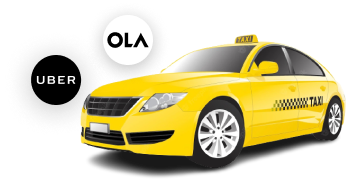
Taxi aggregators are a new niche, where the owners or brands do not own their taxis and instead, they rely on their partners to organize taxi drivers.
It is undeniable that huge capital is invested by the topmost taxi aggregators like Uber, and Ola in this business due to opportunities in the market and the popularity of this new market niche. They always focus on developing or building their brand to expand their business worldwide by providing lower and affordable services to their massive customer base and thus maintaining the relationships with their business partners or cab operators.
Uber was the first company that brought a revolution in the Taxi Industry by making use of the Taxi Aggregator business model. Here is a detailed write-up on the Business model of Uber.
Ola followed the path of Uber and built its own Ola business model which also became highly successful in the Indian Taxi Service Industry.
With the rising of on-demand cab booking software, the taxi aggregator business model has become equally important. Here is the list of steps on how to start a taxi aggregator business app.
You’re ready to go once you’ve completed the preceding steps
What makes a taxi aggregator business model exceptional is its convenience and choice. Passengers can choose from a range of options, such as different car types, prices, and providers. Taxi aggregators also offer opportunities for drivers, such as flexible working hours and the ability to earn more money during peak times.
Taxi Aggregator Business provides 3 main features that make aggregator businesses effective and unique.

Easy Login: Users can sign up easily with their mobile numbers, e-mail address, or social media profiles.
Driver Rating: Customers can give reviews and feedback for each driver individually.
Track payments: Users can pay for their fares and securely save their credit or debit card information under the payment section if they prefer fast transactions.
Scheduled rides: The user can book now or later. Ride Scheduling helps the user to book at the time or later.
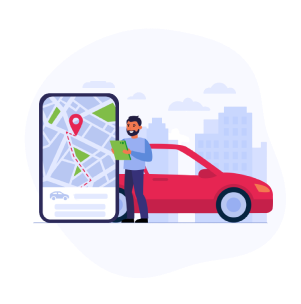
Ride Alert: If someone books a ride, drivers receive an alert and they can turn their availability status on or off by toggling on the screen.
Route optimization:Helps drivers in locating the customer’s location.
Track Payments:Allow drivers to check their payment information on a single screen.
Accept/Decline Ride Request:Drivers can accept or decline the booking request based on availability.
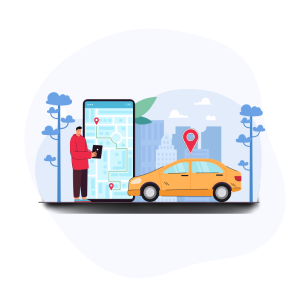
Passenger Management: This tab allows the admin to view and manage all of the activity of registered customers.
Booking Management: The admin is responsible for overseeing the number of bookings, the rider’s information, and the driver of the specific booking.
Scheduled Requests: All scheduled requests, their details, and the payment method used by the riders are viewable to the admins.
Push Notifications: Admin can configure mass push notifications to send to users to keep them up to date about the necessary details.
The pricing of the aggregator business model depends on the functionality you wish to include in your app and the level of sophistication desired.
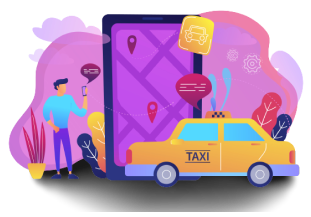

To achieve a monopoly in the market, they should afford to lose billions during the initial stage of the business. Here in this taxi aggregator business, it is difficult for all taxi aggregators to grab the market share. Many of the competitors of taxi aggregator businesses have moved out of this industry and it is always one market leader model business. The one which grabs all the market share will achieve a monopoly in this niche.
It is evident from the below information about the taxi aggregator competitors that the business model achieves a monopoly:
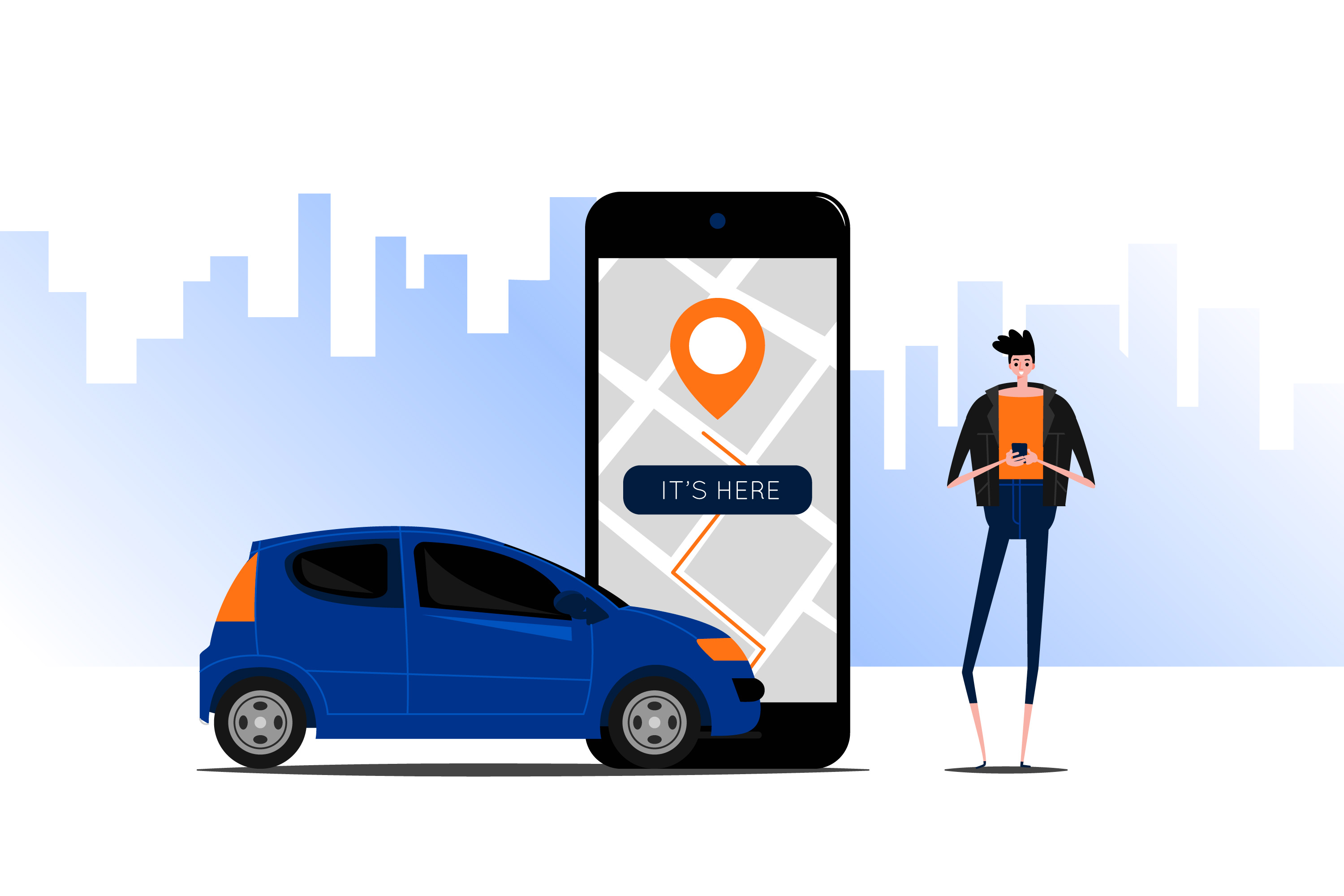
The market share of the taxi aggregator is retained by possessing potential customers and loyal driver-partners. The short-term incentives are focused on by the taxi aggregators and this strategy may fail in the long term.
Imagine a situation where one market leader has grabbed the maximum share and shifted their attention to profit-generating short-term incentives. The drivers may move out of the business or move to the competitors. This, in turn, increases the service charges of the cab operation to compensate for the loss due to a lack of driver-partners.
Now the condition of the market leader is the same as when they start a business but the only difference is that they have the maximum market share and the popular brand which is difficult for other competitors to grab the market share as it involves billions of dollars. In this way, the taxi aggregator business model is a monopoly and it can be sustained by gaining brand and popularity.
Taxi aggregators are sustainable businesses because they provide value to both passengers and drivers. Understanding its model and opportunities makes you the best Taxi aggregator if you wish to be one.
Hope this article helps you to understand taxi aggregator business and the business model of taxi aggregators and will guide you to what you want.
Leave a Reply